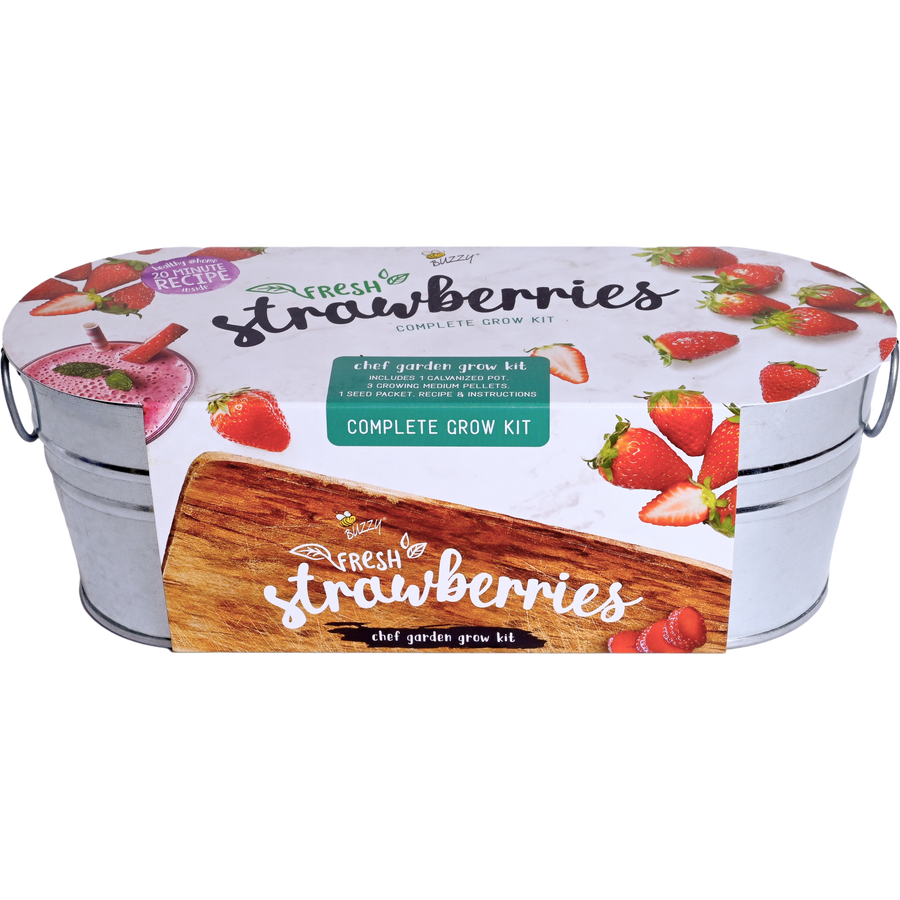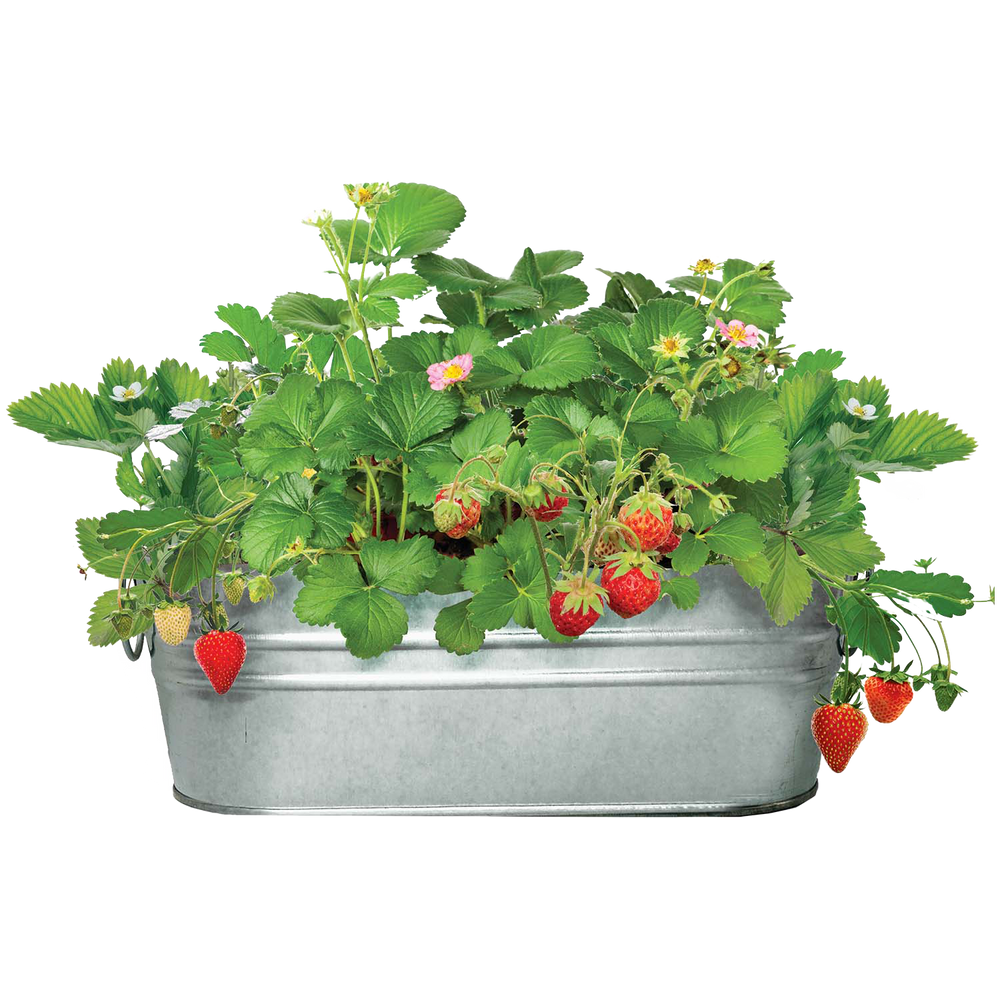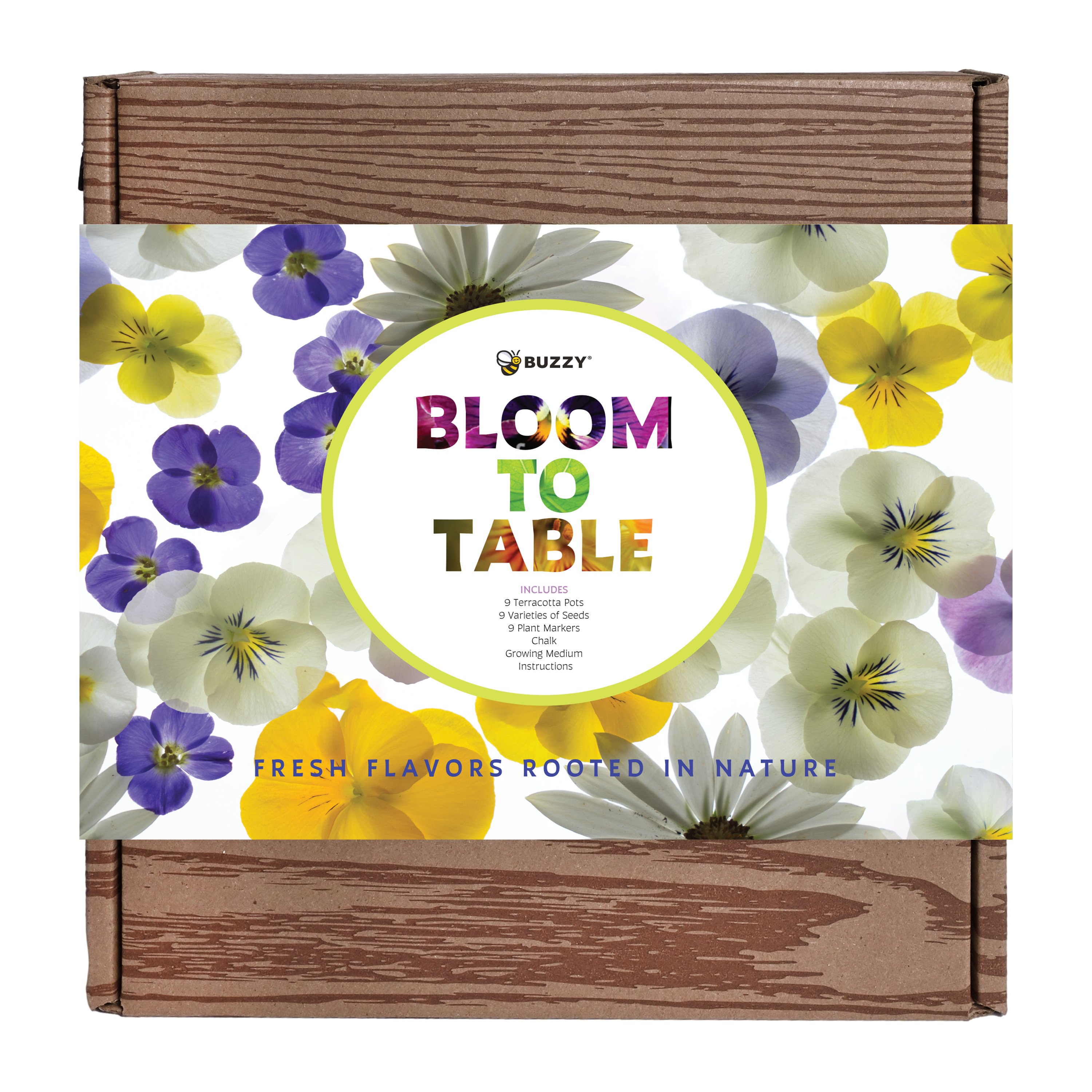How To Grow Lavender From Seed
Variety: Lavandula angustifolia
A favorite of bees, butterflies, and other pollinators, lavender is a bushy, perennial herb that adds beauty to any landscape. It has a multitude of culinary and medicinal uses and can be harvested and used in herbal teas and beverages, baking, aromatic oils, soaps, and sachets; the possibilities for lavender are endless. Lavender plants thrive in areas that receive full sun and good drainage, and are drought tolerant once established, so they are well-suited to the waterwise garden.
Buzz Words:
Sow; sowing: to plant seed for growth.
Damping off: the sudden death of young seedlings caused by a fungus that thrives in overly damp and cold conditions.
Hardening off: the process of gradually exposing indoor-grown seedlings to outside conditions.
Sowing Instructions:
Note: Lavender seeds are tiny - carefully open seed packet over a white paper plate or paper towel.
Sow seeds directly onto the surface of the growing medium, gently press in, and barely cover - lavender seeds need light to germinate. Place in a warm, bright location with ample air circulation; keep growing medium moist but not overwatered. Lavender seeds will germinate in 2-6 weeks.
Tip: Lavender germination is enhanced when temperatures are kept warm, between 70° and 75°F.
Plant Care Instructions:
Once seedlings develop their second set of leaves, begin watering with balanced plant fertilizer mixed at half-strength. Lavender seedlings are particularly susceptible to fungal conditions such as damping off, so be sure to provide ample air circulation and allow the surface of the growing medium to dry slightly between waterings. Transplant lavender seedlings to a larger planter or to the garden once they reach 3-5” in height. Before planting outside, seedlings will need to be hardened off. Lavender plants require 6-8 hours of full sun per day and need to be planted in well-draining location. Drought and heat-tolerant once established. Prune every year after they bloom.
Patience is key! Lavender seedlings are slow to germinate and grow slowly during the first year of growth.
Grow with the flow! Air circulation is just as important as sunshine, water, and growing medium! Proper airflow helps plants develop strong stem and root systems all while keeping pests and fungal issues at bay.
No drainage? No problem. Easily add drainage by drilling a hole in the bottom-center of your planter. If the planter is plastic or metal, a standard ¼” drill bit will do the trick! If the planter is ceramic, you will need to use a masonry bit and water.







